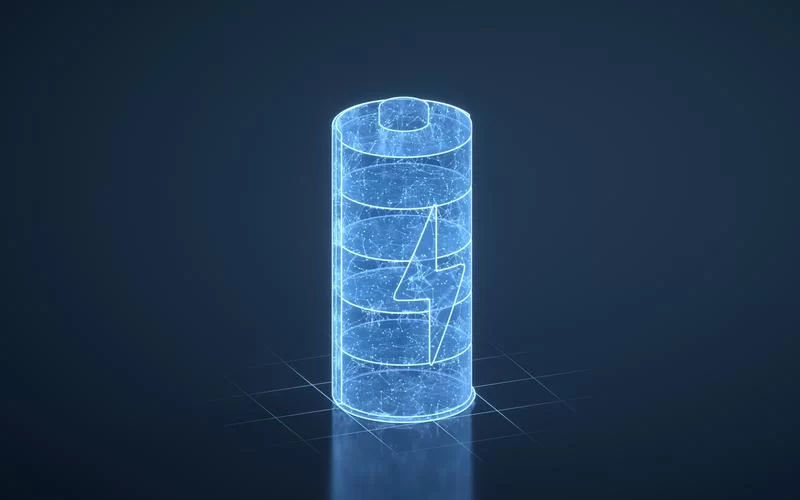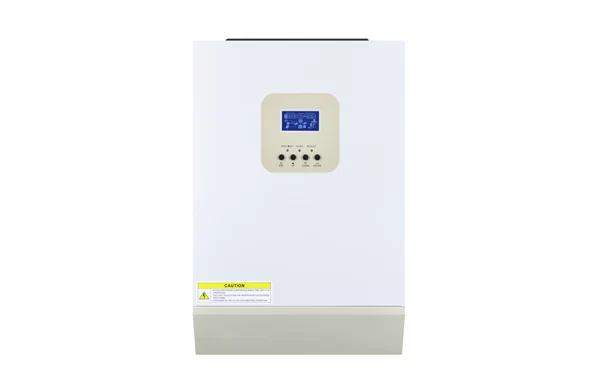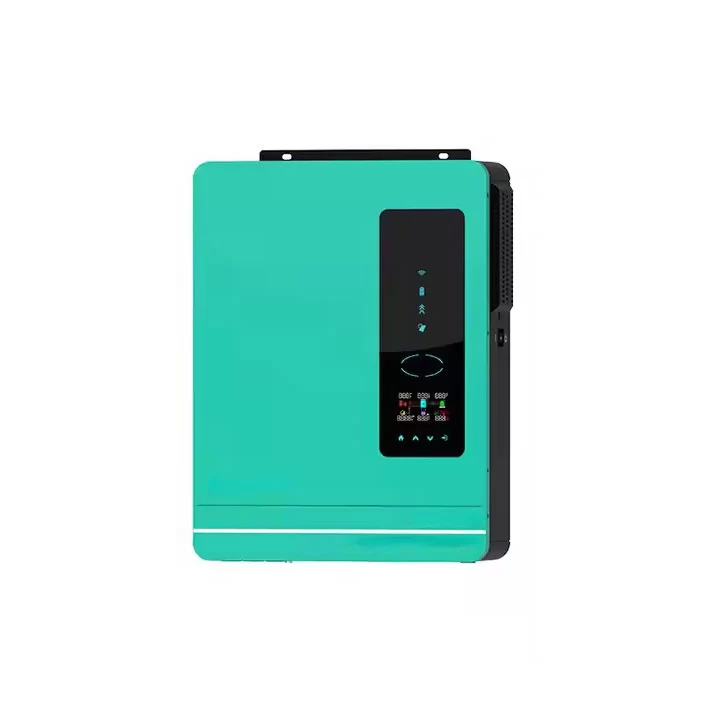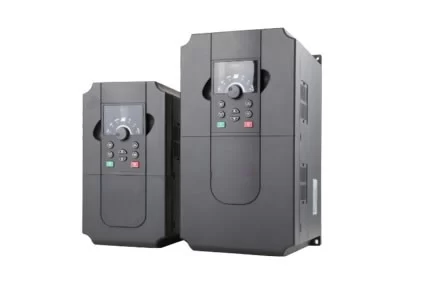Get A Quote Now!
Solid State Battery Innovations: The Future of Energy Storage
Solid state battery innovations are at the forefront of energy storage technology, promising safer, more efficient, and higher-capacity batteries for a wide range of applications, including electric vehicles (EVs), consumer electronics, and renewable energy storage systems. As the demand for more reliable and sustainable energy solutions grows, researchers and companies are pushing the boundaries of battery technology to deliver breakthroughs that could revolutionize the industry. In this article, we will explore the latest advancements in solid state batteries, their benefits over traditional lithium-ion batteries, and the potential impact of these innovations on various sectors.

Understanding Solid State Batteries
What Are Solid State Batteries?
Solid state batteries differ from traditional lithium-ion batteries in that they use a solid electrolyte instead of a liquid one. This solid electrolyte can be made from a variety of materials, including ceramics, glass, and polymers, which conduct ions between the battery’s anode and cathode.
Key Components
- Solid Electrolyte: The core component that differentiates solid state batteries from conventional batteries. It replaces the flammable liquid electrolyte, enhancing safety and stability.
- Anode and Cathode: Typically made of lithium metal or other materials that can store a high density of ions, providing more energy per unit weight than traditional battery materials.
- Separator: A solid material that prevents the direct contact of the anode and cathode, further reducing the risk of short circuits.
How Do Solid State Batteries Work?
Solid state batteries operate by allowing ions to move through a solid electrolyte between the anode and cathode during charging and discharging cycles. The absence of a liquid electrolyte reduces the risk of leakage and flammability, making the batteries safer and more durable.
Benefits of Solid State Battery Innovations
1. Enhanced Safety
One of the primary benefits of solid state battery innovations is improved safety. The solid electrolyte is non-flammable, which significantly reduces the risk of fire and explosion compared to traditional lithium-ion batteries that use liquid electrolytes. This makes solid state batteries an ideal choice for applications where safety is paramount, such as in electric vehicles and aerospace technologies.
2. Higher Energy Density
Solid state batteries can potentially offer much higher energy densities than current lithium-ion batteries. This means they can store more energy in the same amount of space, making them perfect for applications that require long battery life without increasing weight or size. For electric vehicles, this translates to greater driving range on a single charge, addressing one of the main limitations of current EV technology.
3. Longer Lifespan
The solid electrolyte in solid state batteries is less prone to degradation over time, which can lead to a longer operational life. This durability reduces the need for frequent replacements, making these batteries more cost-effective over their lifetime. Additionally, the use of materials like lithium metal anodes in solid state designs can further extend the battery’s lifespan by minimizing the formation of dendrites, which are known to cause short circuits and capacity loss in traditional batteries.
4. Faster Charging
Thanks to their unique design, solid state batteries can support much faster charging times. The solid electrolyte allows for higher ion transfer rates, which means that these batteries can be charged more quickly without the risk of overheating or damage. This feature is particularly attractive for consumer electronics and electric vehicles, where quick recharge times are highly desirable.
5. Wide Operating Temperature Range
Solid state batteries can operate efficiently across a wider temperature range compared to lithium-ion batteries. This makes them suitable for applications in extreme environments, such as space exploration, military use, and outdoor electronics, where temperature extremes can significantly impact battery performance.
Key Innovations in Solid State Battery Technology
1. Development of Stable Solid Electrolytes
A major focus in solid state battery innovations is the development of stable and conductive solid electrolytes. Researchers are exploring materials such as sulfides, oxides, and phosphates to create electrolytes that offer high ionic conductivity and stability. These materials help minimize resistance within the battery, enhancing performance and efficiency.
2. Lithium Metal Anodes
The use of lithium metal anodes is a groundbreaking innovation in solid state batteries. Lithium metal has a much higher energy density compared to the graphite anodes used in traditional lithium-ion batteries. However, it also poses challenges related to dendrite formation. Recent advancements in electrolyte materials and battery design are addressing these issues, paving the way for safer and more efficient lithium metal anode-based batteries.
3. Manufacturing Techniques and Scalability
Innovations are also being made in the manufacturing processes of solid state batteries to improve scalability and reduce costs. Techniques such as thin-film deposition and 3D printing are being explored to create thinner and more uniform electrolyte layers, which are critical for achieving high performance and efficiency. These manufacturing advancements could make solid state batteries more affordable and accessible for various applications.
4. Integration with Renewable Energy Systems
Solid state batteries are being integrated with renewable energy systems to enhance storage capacity and efficiency. Their ability to provide high energy density and long cycle life makes them an excellent choice for storing energy generated from solar panels and wind turbines. This integration could significantly improve the reliability and stability of renewable energy sources, making them more viable for widespread use.
5. Use of Nanotechnology
Nanotechnology is playing a crucial role in the advancement of solid state battery innovations. By manipulating materials at the nanoscale, scientists can enhance the properties of electrolytes and electrodes, leading to better performance and longer battery life. Nanostructured materials can also increase the surface area for ion transfer, improving the battery’s overall efficiency.
Challenges and Future Directions
1. Material Compatibility
One of the primary challenges facing solid state battery innovations is the compatibility of materials used for the electrolyte, anode, and cathode. Finding materials that work well together without causing degradation or reducing performance is a significant hurdle that researchers are actively working to overcome.
2. Cost and Scalability
While solid state batteries offer many advantages, their production cost is currently higher than that of traditional lithium-ion batteries. Developing cost-effective manufacturing processes and materials is essential to making these batteries commercially viable for a broader range of applications.
3. Dendrite Formation
Despite advancements, dendrite formation remains a challenge for solid state batteries, especially those using lithium metal anodes. Continued research into materials and design is needed to address this issue fully.
Conclusion
Solid state battery innovations represent a promising future for energy storage, offering numerous advantages over traditional battery technologies, including enhanced safety, higher energy density, and longer lifespan. As research and development continue, these batteries are poised to revolutionize various industries, from electric vehicles to renewable energy systems. For more information on how solid state batteries can benefit your applications, visit our solid state battery solutions page and explore our range of products designed to meet your energy needs.






